Electric Volkswagen ID.4 revealed
The $39,990 compact SUV is Volkswagen's first purpose-built electric vehicle for the U.S. and offers 250 miles of range.
The Volkswagen ID.4 is the latest electric car to pose the question: “If we build them, will they come?”
So far, the answer to that has been a resounding “yes!” At least when the “we” is Tesla. Other automakers have yet to find the same level of success.
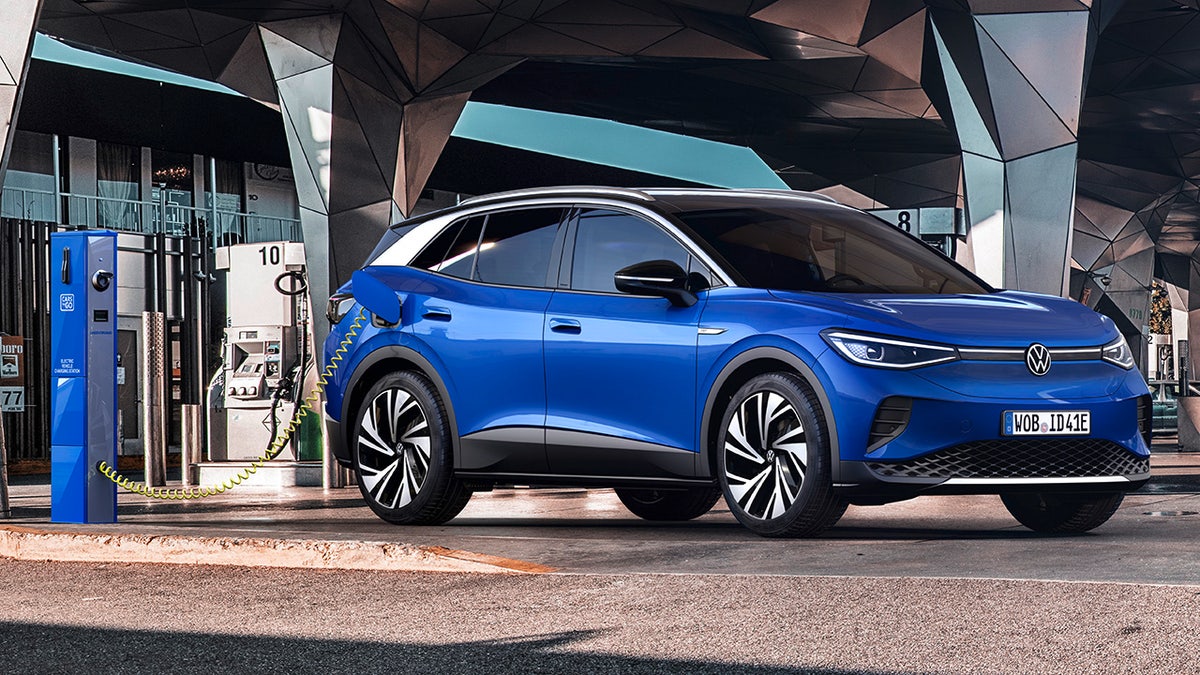
The ID.4 comes dressed in a compact crossover size that puts it in the same segment with the VW Tiguan and Toyota Rav4, which is the hottest in the industry and exactly why VW targeted it for its first serious zero-emission sortie.
Previous electric VWs that have been sold here were little more than Golfs converted to electric drive and delivered a compromised experience. The so-called MQB chassis that the ID.4 is built on features a skateboard-style design with its battery in the floor and accommodations for a motor at either end or both. It will spawn an entire lineup of electric models that includes a retro Microbus-inspired model.
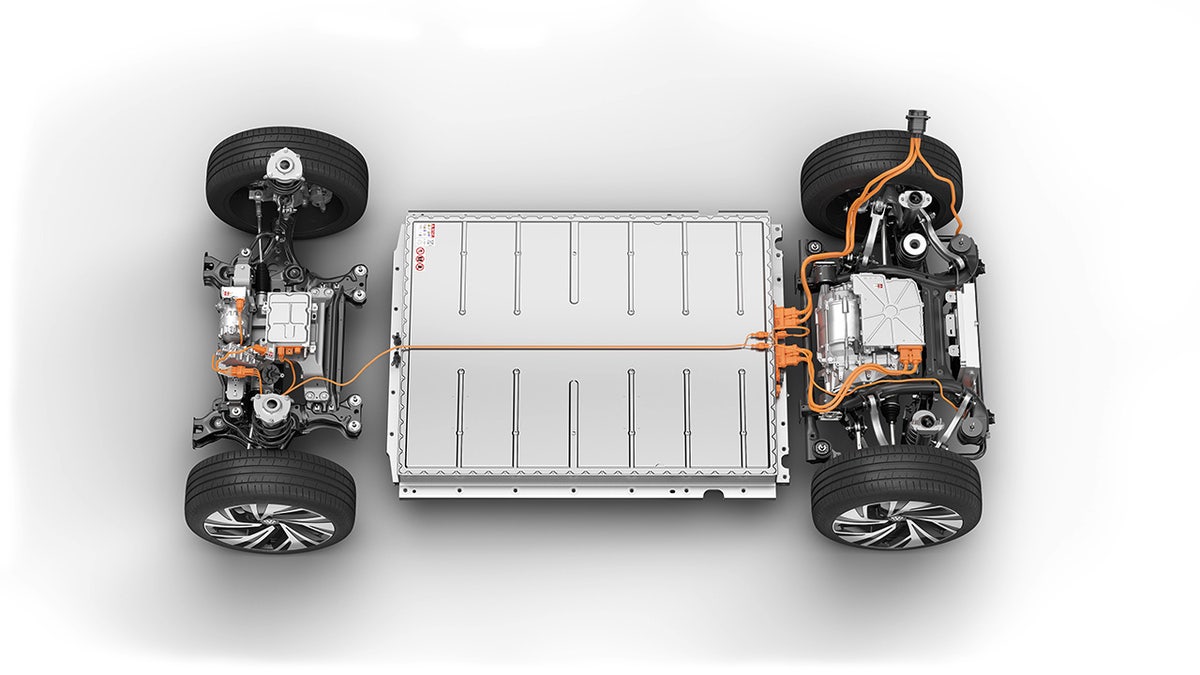
(VW)
The ID.4 will be available next year in rear-wheel-drive and all-wheel-drive versions at a starting price of $39,990 and is eligible for the full federal $7,500 federal electric car tax credit. The initial batch will be made in Germany, but production is scheduled to begin in Chattanooga, Tenn., in 2022, at which point VW hopes to offer an entry-level model priced under $35,000.
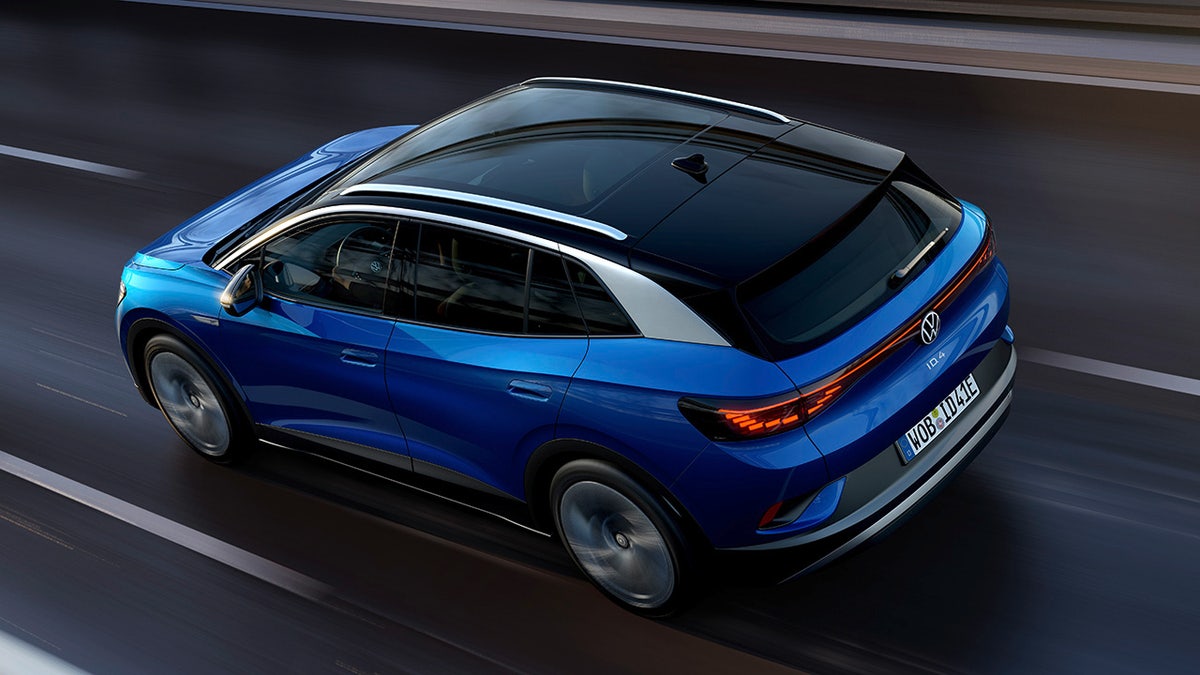
(VW)
The ID.4’s closest competitors are the more luxurious $49,990 Tesla Model Y, which doesn’t qualify for the credit anymore, and the upcoming Ford Mustang Mach-E that just had its base price reduced to $42,895 to make it more competitive with the VW. The Chevrolet Bolt, Kia Niro EV and Hyundai Kona EV are all a size smaller than the ID.4.
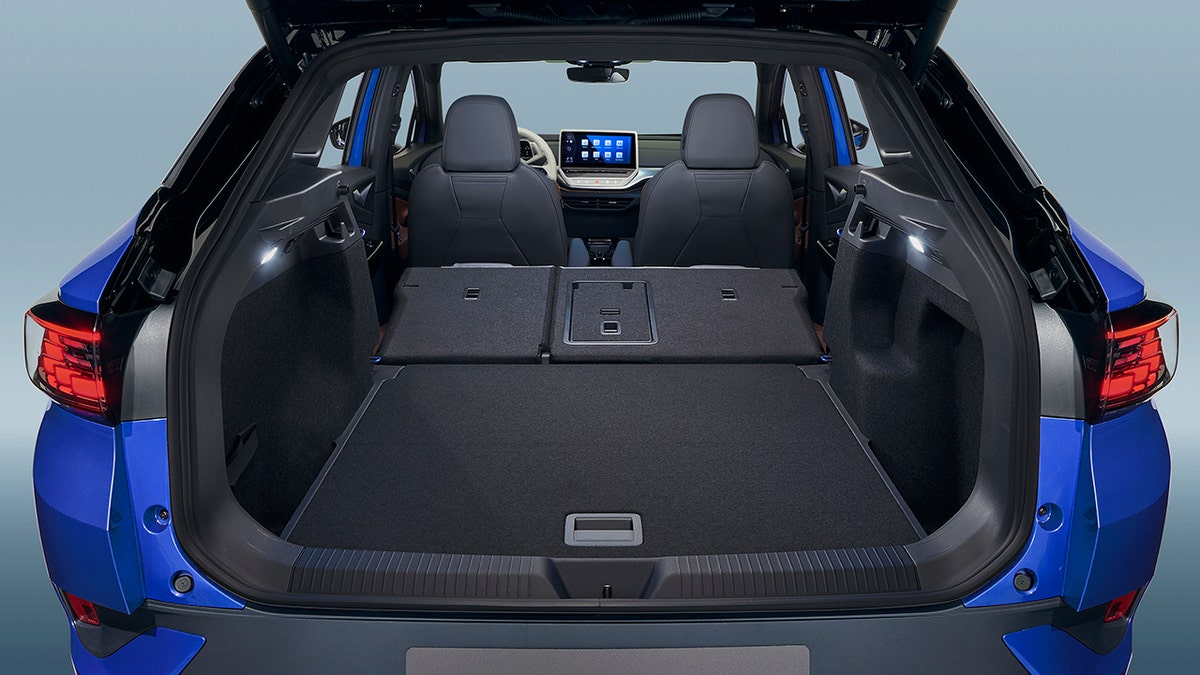
(VW)
I had the opportunity to spend an hour last week driving a pre-production ID.4 in New York City. It was a rear-wheel-drive 1st Edition, which is a limited availability trim level loaded with all of the functional features on the ID.4’s options list that’s already sold out.
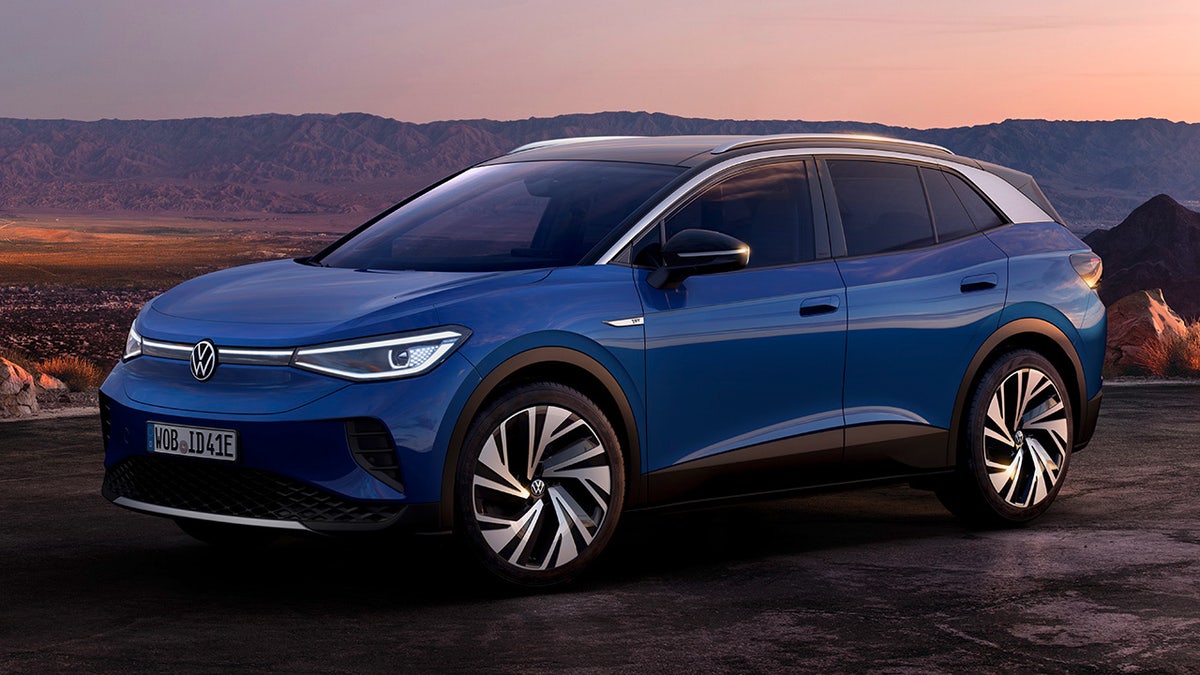
(VW)
The ID.4’s shape is relatively conventional, but its grille-less face and surfacing details give it a concept car flavor. The roomy interior has a flat floor, plenty of legroom all around and a nicely-sized cargo area that gets trimmed a bit by the raked rear roofline. One thing missing is a front trunk or “frunk” under the hood, like many electric vehicles have. Instead, the space is full of the HVAC system and other mechanical equipment.
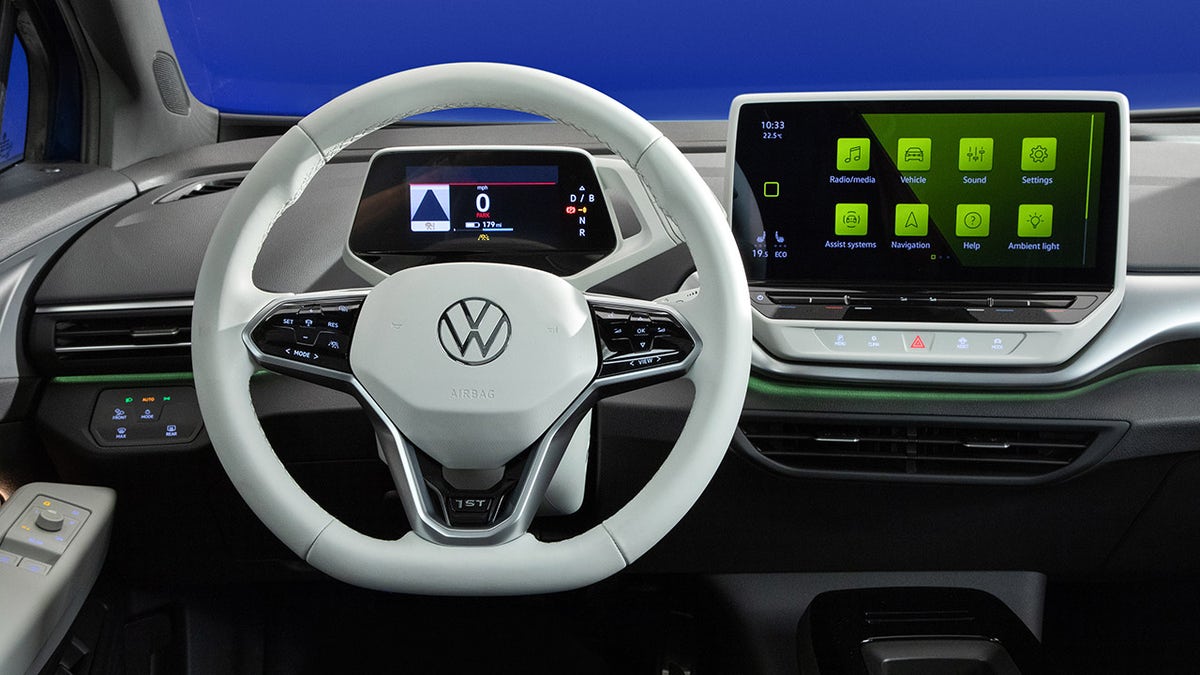
(VW)
The 1st edition sports a snazzy white steering wheel and housings for the small digital instrument cluster and infotainment system display that add some retro-futuristic style. Most vehicle controls are handled by the central touchscreen, but there are several haptic touch buttons around it for quick access to important features. A dazzling full glass roof with shade is standard and included with an optional statement package on other models.
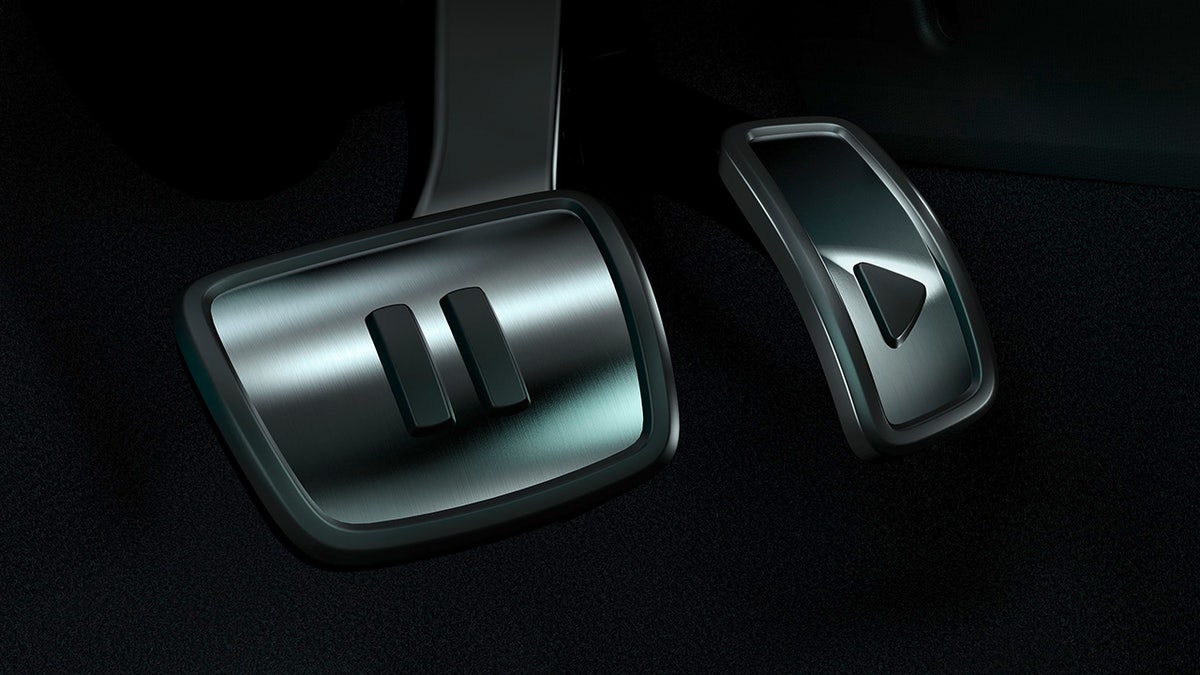
(VW)
As with a Tesla, you don’t need to press a start button to get going. When you enter the ID.4 with the key fob it’s ready to roll. Just hit the brake pedal, which has a “pause” icon on it, twist the gear selector mounted to the side of the instrument cluster and press the accelerator marked “play” to head off.
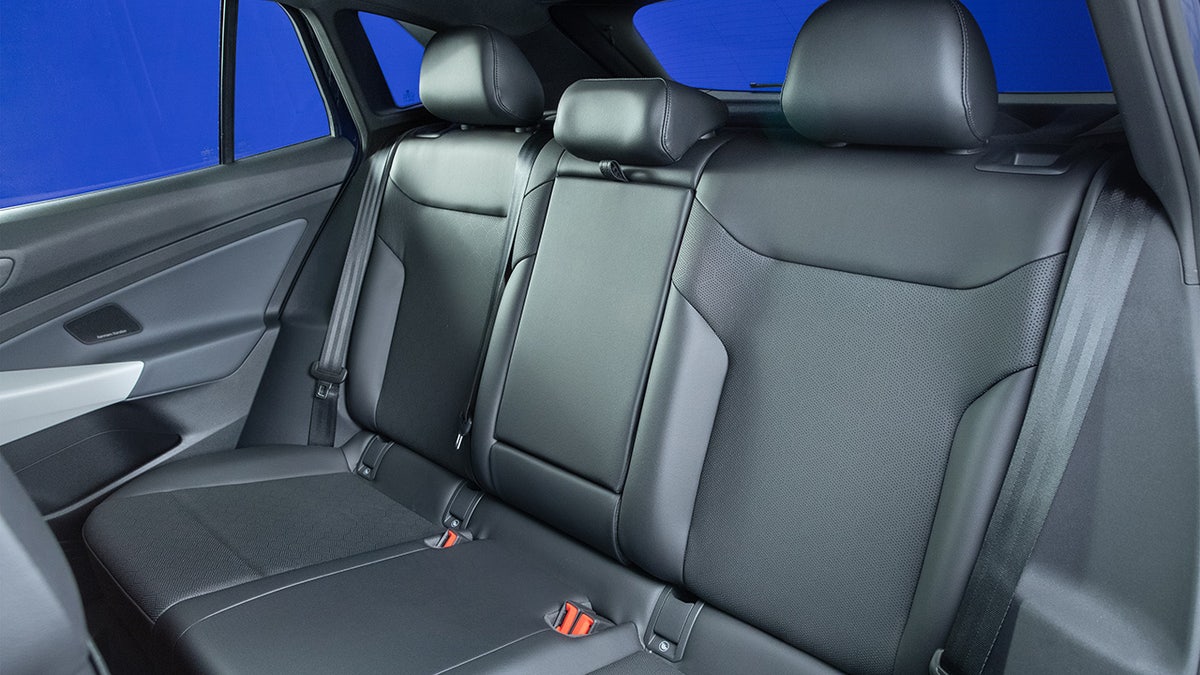
(VW)
The ID.4 is rated at a not particularly potent 201 hp and 228 lb-ft of torque and weighs a hefty 4,600 pounds, but pulls away with the urgency electric motors are known for and feels quicker than it probably is. Under 20 mph it emits a futuristic hum that alerts pedestrians to its presence, but is silent inside at higher speeds. All-wheel-drive costs $3,680 and increases the power to 301 hp.
Shifting from D to B cranks up the effect of the regenerative braking that helps recharge the battery by turning the motor into a battery-charging generator and using it to slow the car as you lift off the accelerator.
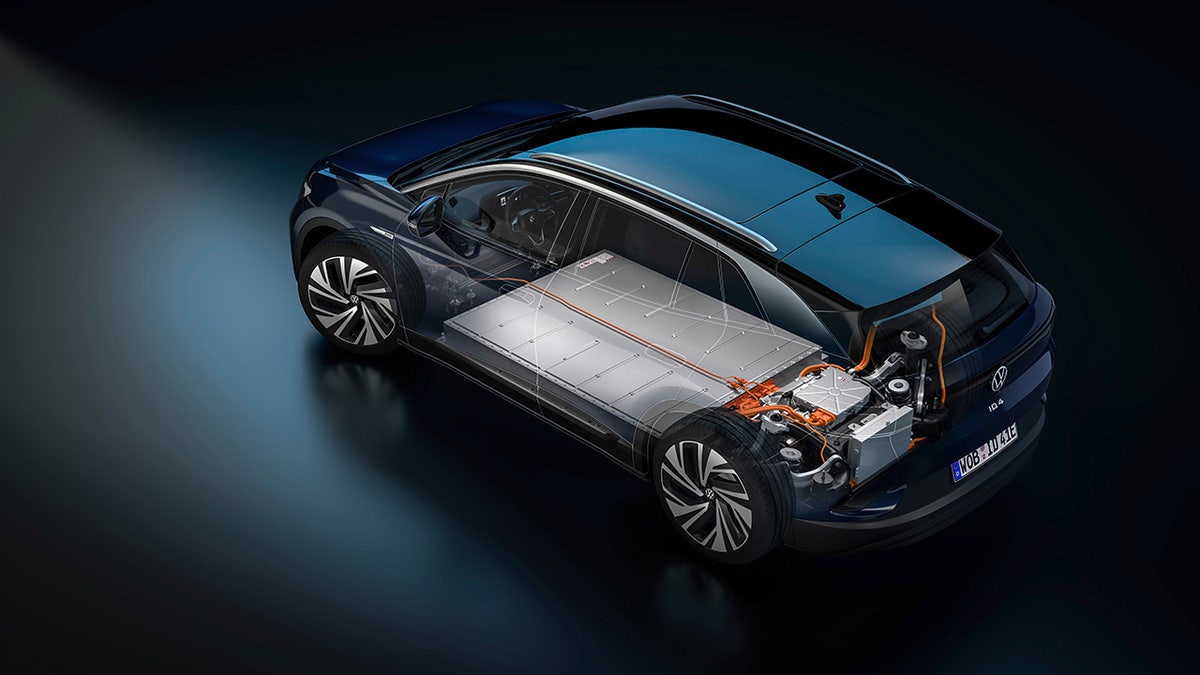
(VW)
One interesting engineering choice on this very modern car is that it uses rear drum brakes. VW says this is in part because the electric motor chips in to slow things down so the total stopping power is more than adequate, but also because discs create some resistance all the time and eliminating as much of that as possible from an electric car helps improve its range.
The ID.4’s official figure isn’t in yet, but VW expects its 82-kilowatt-hour battery to be good for about 250 miles of driving between charge. That could put it ahead of the entry-level Mustang Mach-E, which has a preliminary estimate of 230 miles, but far behind the all-wheel-drive Model Y’s 316-mile range.
The ID.4 is compatible with the Level 3 DC fast charging standard and can refill the battery to 80 percent in 38 minutes at a public station. VW is providing three free years of DC fast charging on the Electrify America network to facilitate long trips, but the slower Level 2 charging stations are not included.
FOX NEWS AUTOS TEST DRIVE: THE VW ATLAS CROSS SPORT IS A SLIMMER SUV
I didn’t get to drive the ID.4 far enough to get a sense of how far it will make it in the real world, but it otherwise performed well. The extra weight gives it a substantial feel and helps smooth out the ride, but the instant torque keeps things lively underfoot. The only oddity to its operation was a slightly squishy brake pedal, but that could be adjusted before production begins.
The ID.4 also features VW’s IQ DRIVE suite of electronic driving aids with automatic emergency brakes, adaptive cruise control and a self-steering lane-centering system that’s very effective at high and low speeds. It’s not Tesla’s Autopilot, but it seems better than many competing systems I’ve tried.
CLICK HERE TO GET THE FOX NEWS APP
If VW’s goal was to create a vehicle that is both futuristic and familiar it accomplished that. The ID.4 is not is what you’d call fun, but that can be said for most compact crossovers in its price range, which is below $30,000 in some states that offer generous local incentives on top of the federal tax credit, making it cheaper than the average car sold today.
The ID.4 is not average, but are people looking for an electric people’s car?
We'll soon have the answer.




















